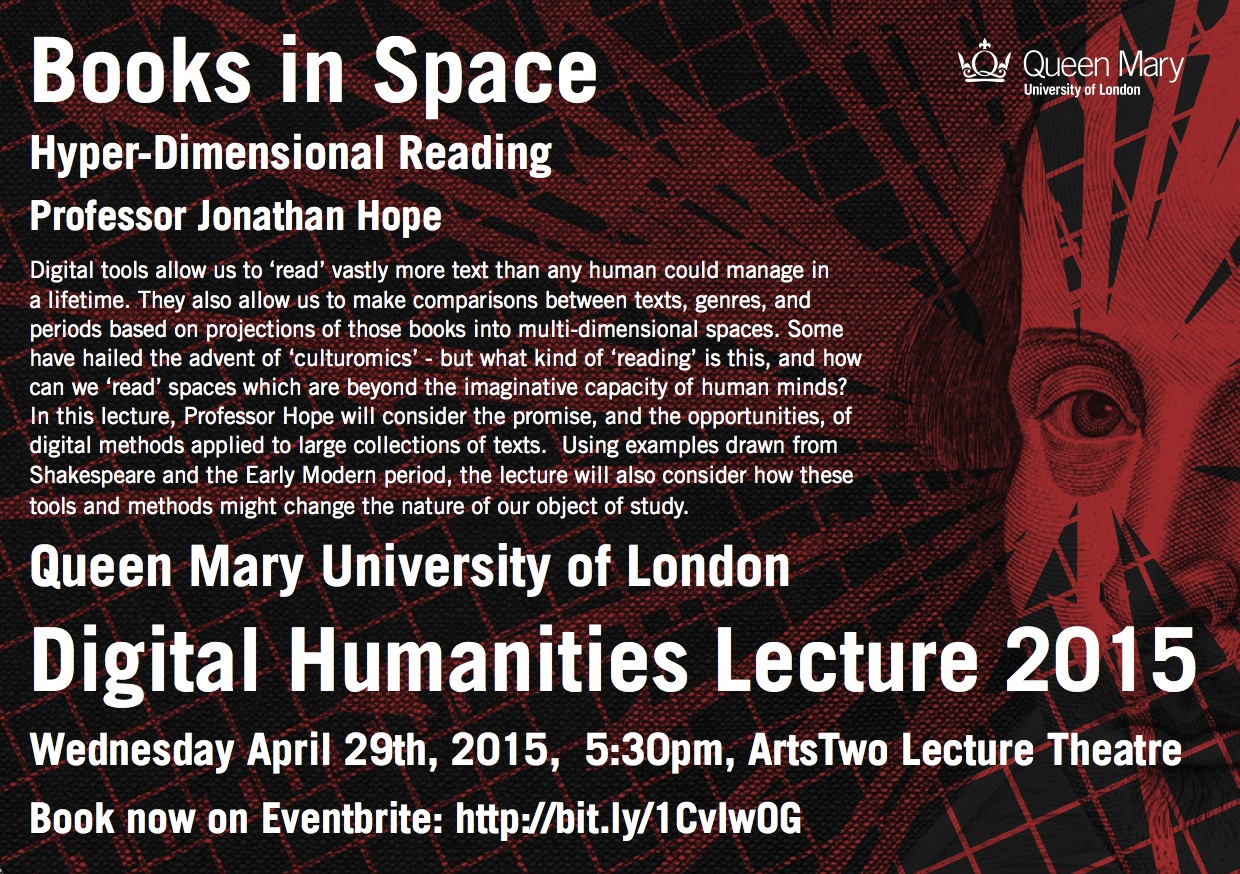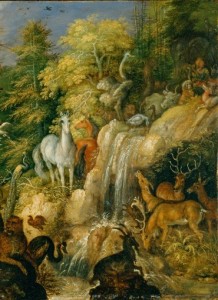Early Modern Visual Marginalia, 1 May 2015
Graham Storey Room, Trinity Hall, 9.30am-1.00pm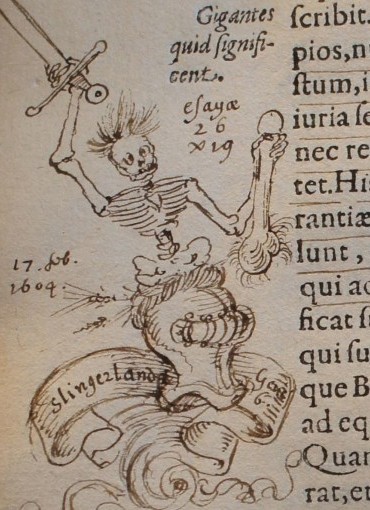
A colloquium on early modern visual marginalia organised by the Department of History of Art, Trinity Hall, University Library, University of Cambridge.
Sponsored by Department of History of Art, University Library, Centre for Material Texts.
Covenor: Dr Alexander Marr
Programme:
Prof. William Sherman (V&A): ‘Sir Thomas Smith and the eye of history’
Dr Julian Luxford (University of St Andrews): ‘Plus ça change: renaissance and later images in the margins of medieval manuscripts’
Dr Alexander Marr (Cambridge) and Dr Kate Isard (Visiting Scholar, Cambridge): ‘A bit on the side: alchemical and erotic marginalia in Cartari’s Le imagini de i dei delli antichi‘
Dr Richard Oosterhoff (CRASSH, Cambridge): ‘From margins to endpapers: what doodles did in a Renaissance classroom’
Dr Francesco Benelli (Columbia): ‘Architects, readers and visual notation in Renaissance Italy’
For further information please contact Gaenor Moore
CFP: Epistolary Cultures – Letters and Letter-writing in Early Modern Europe
University of York, Humanities Research Centre, 18-19 March 2016
The University of York is pleased to announce Epistolary Cultures – Letters and Letter-writing in Early Modern Europe, a two-day conference (Humanities Research Centre, 18-19 March 2016).
SP 14/129 FOL. 68V (NATIONAL ARCHIVES)
The Halved Heart: Shakespeare and Friendship
Shakespeare’s Globe, 17 – 18 April 2015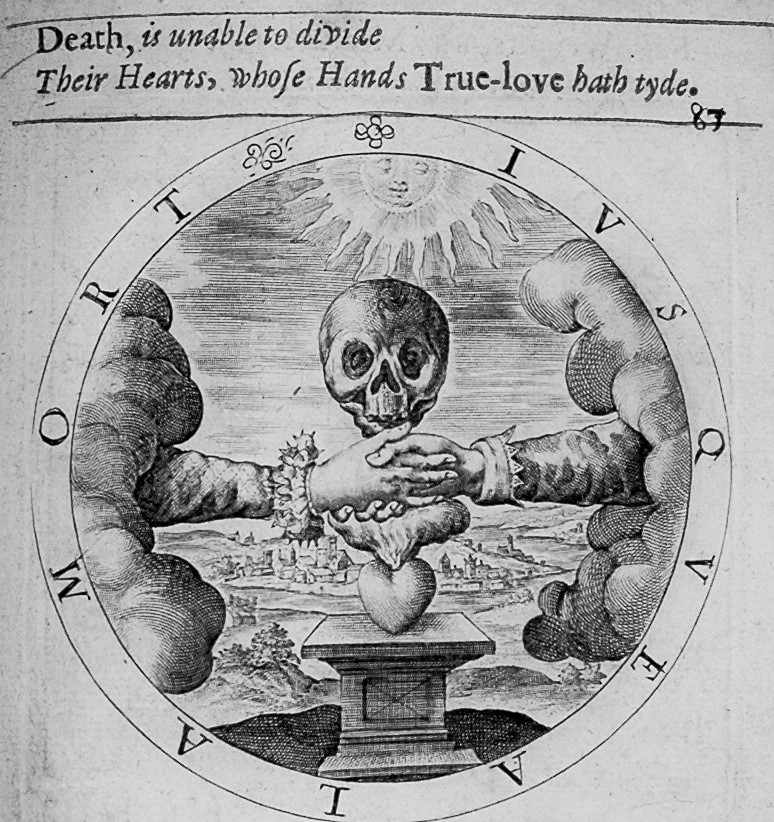
Registration is open for this two-day conference at Shakespeare’s Globe
The conference will look at the place of friendship in early modern drama and theatre culture, featuring keynote addresses by Laurie Shannon (Northwestern University) and Cedric Brown (University of Reading). Leading scholars will explore the Renaissance fascination with idealised friendship – imagined as the sharing of ‘one soul in two bodies’ – and ask how the model was conceived on stage. Shakespeare and his contemporaries were well aware that a potential friend could be ‘another self’ or a false flatterer. This complexity was a rich source of inspiration for early modern dramatists.
Speakers include:
Stefania Crowther (University of Warwick), Jennifer Edwards (Royal Holloway, University of London), Huw Griffiths (University of Sydney), Chloë Houston (University of Reading), Eric Langley (University College London), Penelope Meyers Usher (New York University), Gemma Miller (King’s College London), Cass Morris (American Shakespeare Centre), Murat Öğütcü (Hacettepe University), Steve Orman (Canterbury Christ Church University), David L. Orvis (Appalachian State University), Andrea Stevens (University of Illinois at Urbana-Champaign).
The schedule is available here.
ILLUSTRATION XXXVII, IN GEORGE WITHER, ‘A COLLECTION OF EMBLEMES, ANCIENT AND MODERNE’ (1635), SIG.P3R.
Athanasius Kircher Correspondence Catalogue
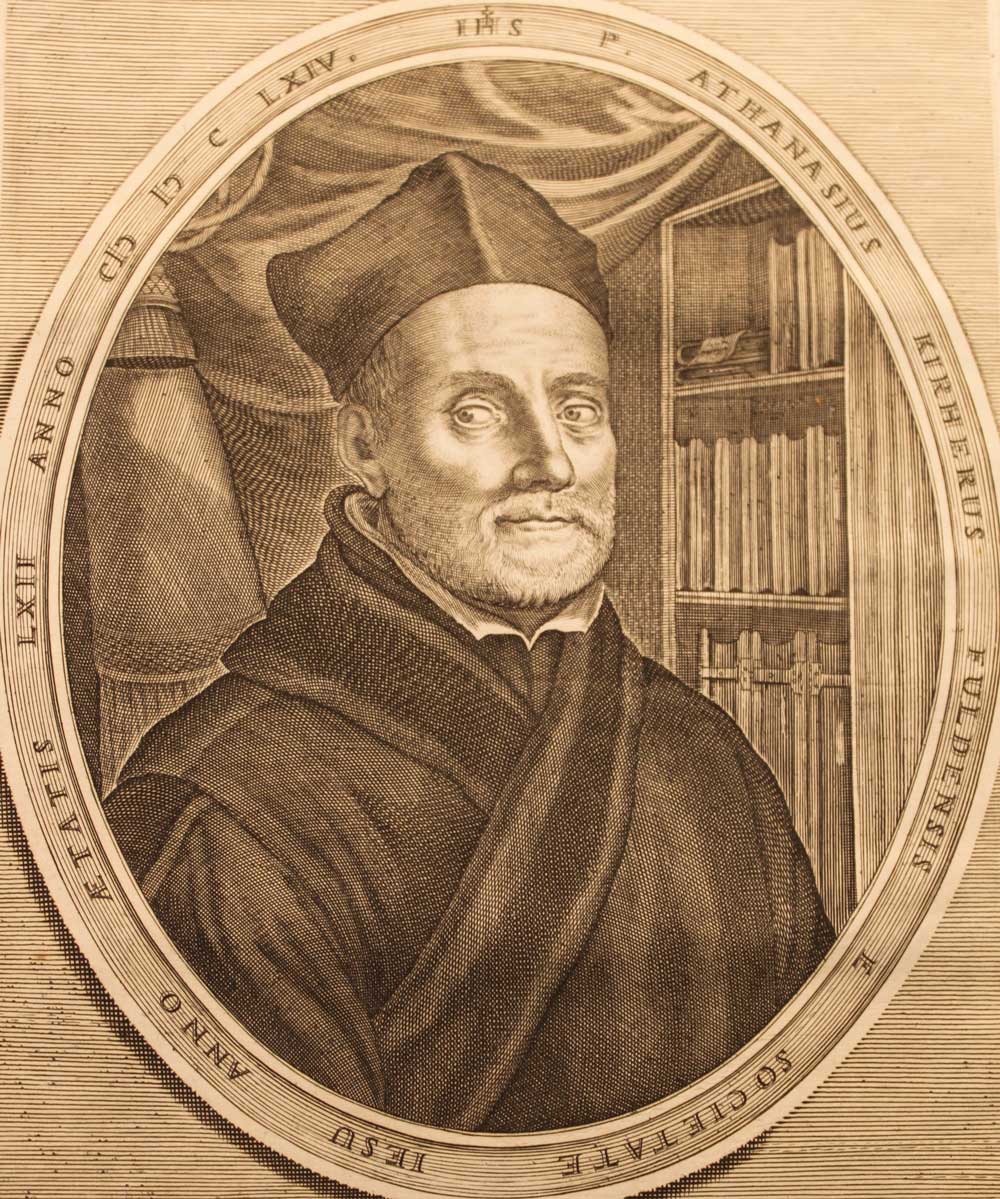 Early Modern Letters Online have released a catalogue of the correspondence of the Jesuit polymath and scholar Athanasius Kircher (1602-1680), containing details of 2,741 letters. It can be viewed here.
Early Modern Letters Online have released a catalogue of the correspondence of the Jesuit polymath and scholar Athanasius Kircher (1602-1680), containing details of 2,741 letters. It can be viewed here.
ATHANASIUS KIRCHER. FRONTISPIECE, MUNDUS SUBTERRANEUS (1664). (BODLEIAN LIBRARY, UNIVERSITY OF OXFORD, DOUCE K 148; IMAGE: MARC KOLAKOWSKI)
Knowledge, Belief and Literature in Early Modern England, 7-8 May 2015
Graham Storey Room, Trinity Hall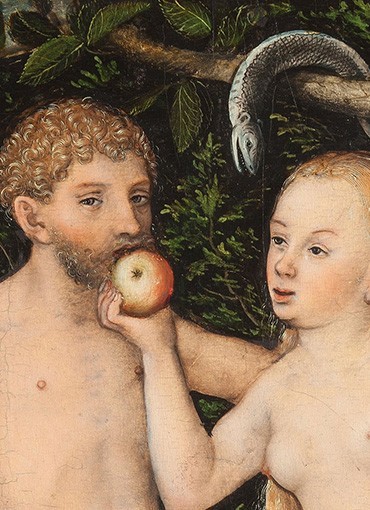
Programme, Abstracts and Registration details to follow.
Knowledge, Belief and Literature in Early Modern England is the second colloquium of the Crossroads of Knowledge in Early Modern England: the Place of Literature, a five-year interdisciplinary research project, funded by the European Research Council.
Plenary Speakers
- Professor Brian Cummings (University of York)
- Professor Regina Schwartz (Northwestern University)
- Professor Alec Ryrie (University of Durham)
- Dr Rowan Williams (University of Cambridge)
For further information please contact the Crossroads Research Project Administrator.
Adam and Eve by Lucas Cranach the Elder, via Wikimedia Commons
The Places of Early Modern Criticism, 23rd-24th March 2015
CRASSH, Alison Richard Building, 7 West Road, CB3 9DT – SG1&2
Registration is open for this two-day conference, to be held at CRASSH
Summary
What is criticism? There is a telling irony in the fact that a word concerned with the making of clear separations and distinctions (< Greek krinein) should be used of early modern practices so various and so very often blurred in their disciplinary affiliation, method, aim, and indeed location. Thinking about literature and the visual arts is found in many places – in treatises on the arts of poetry or painting; in defences, apologies, praises, and paragoni; in critical prefaces, dedicatory epistles, commendatory verses, letters, and essays; in commentaries, editions, reading notes, and commonplace books; within or on the thresholds of works of poetry and painting (and in the on-stage audience of the play-within-a-play). It is situated between different disciplines and methods – borrowing structure, terminology, and taxonomy from rhetoric and logic, for example, or using the analogy of one art to think about another, as when Renaissance literary theorists build on a long tradition (it is there in Aristotle, and in Homer) of thinking about the visual arts in order to think about poetry, fiction, and mimēsis. Critical ideas and methods come into England from other places, most notably Italy, France, and the Low Countries, and take root in particular locations – the court, the Inns of Court, the theatre, the great house, the university hall, school, and library. And commonplaces of classical poetics and rhetoric – decorum, speaking pictures, nature and art, necessity and probability – serve both to connect and to measure the space between different critical discourses. Tracing the history of the development of early modern thinking about literature and the visual arts therefore requires that one think about various kinds of place – both material and textual – and the practices particular to those places; it also requires that those different places be brought into dialogue with each other. This is work that has yet to be done, and its lack accounts for the ongoing reluctance of many critics, literary historians, and art historians to engage fully with early modern thinking about the very materials they study. This conference will bring together scholars working in departments of English, modern languages, classics, and art history to look at the many different places of early modern criticism. It aims to initiate a dialogue involving scholars who are interested in the scope of criticism, and in looking at what happens on its margins; and who are keen to interrogate their own critical practices and disciplinary methods by investigating their history.

